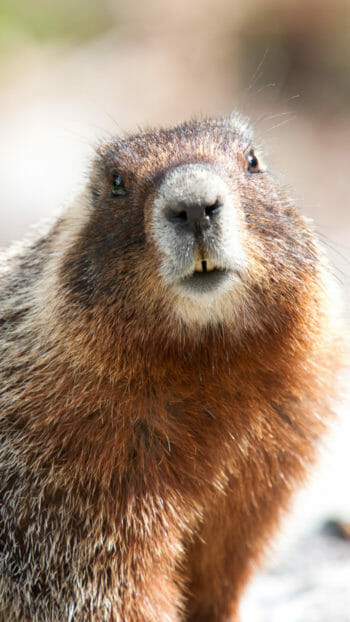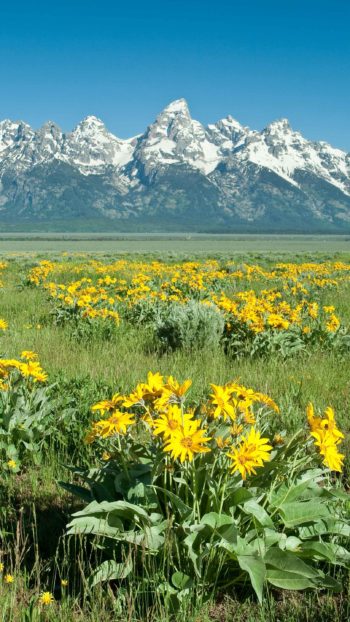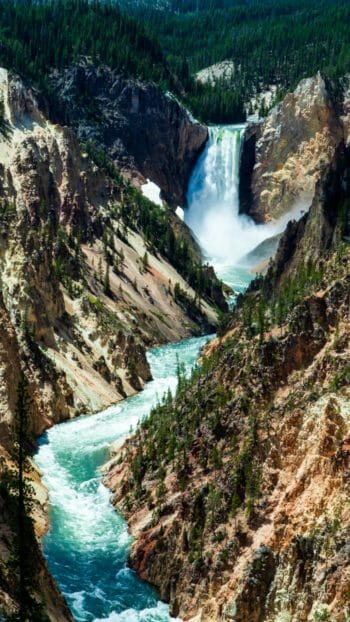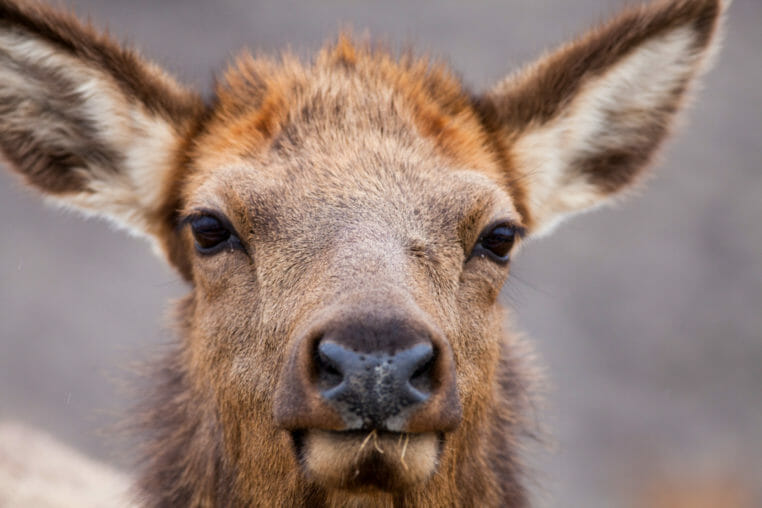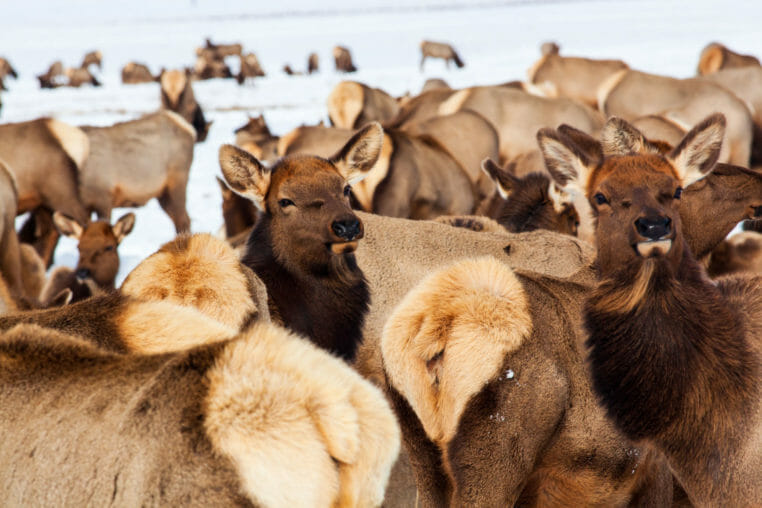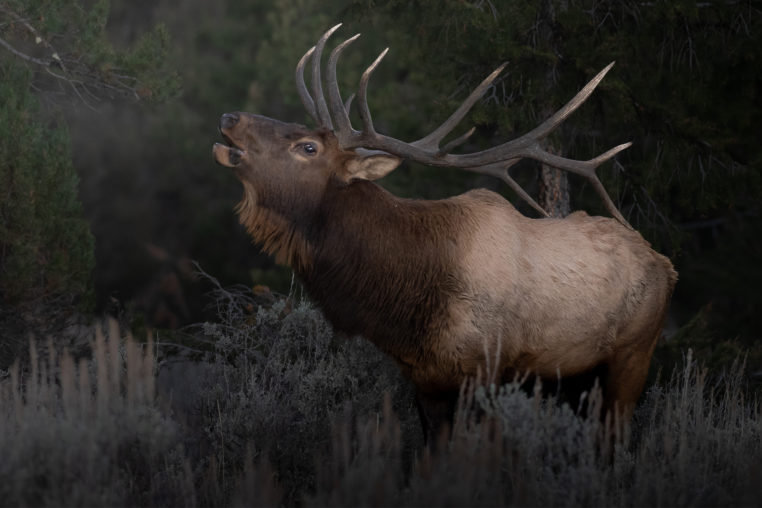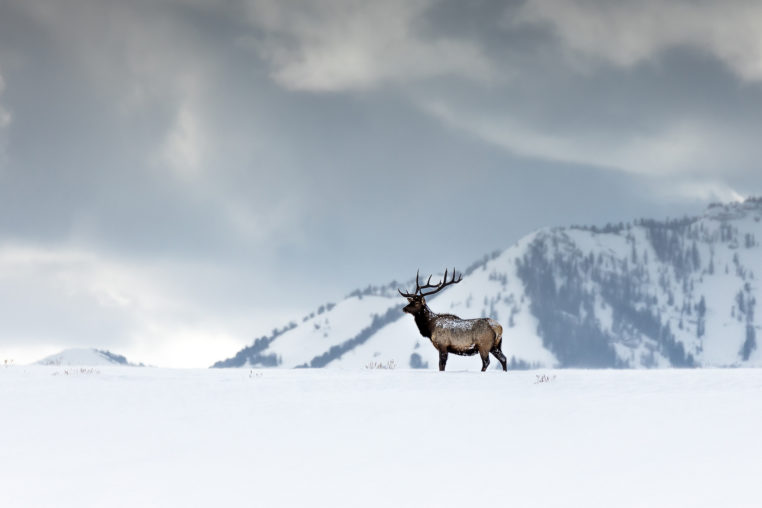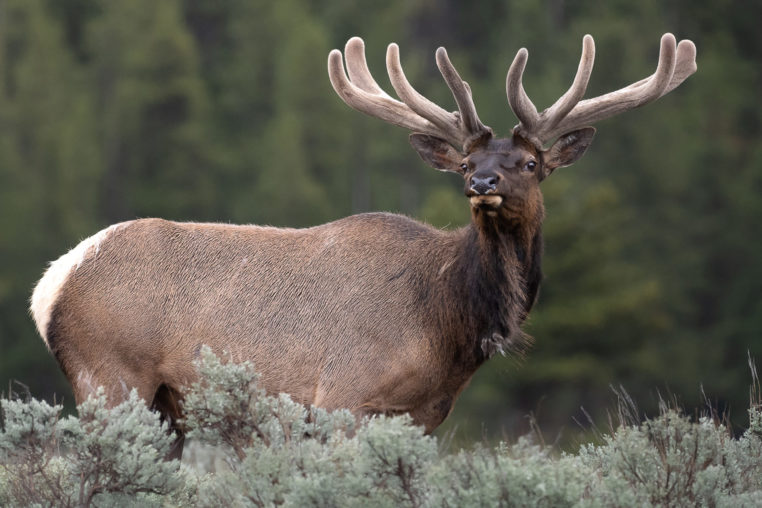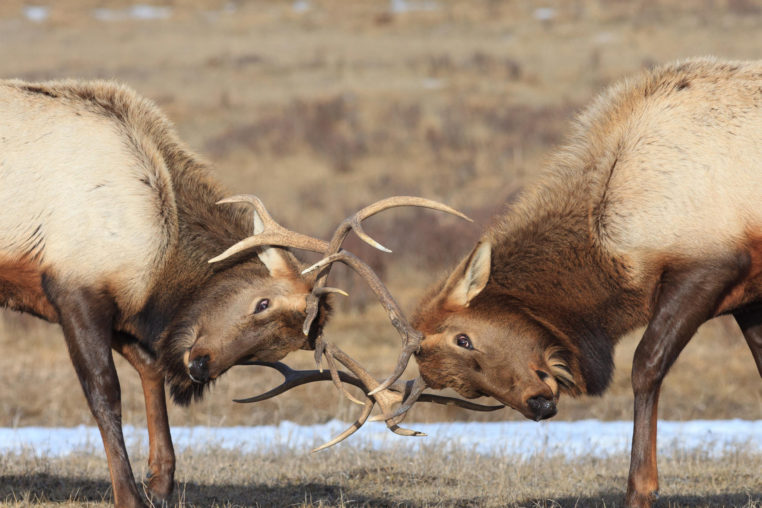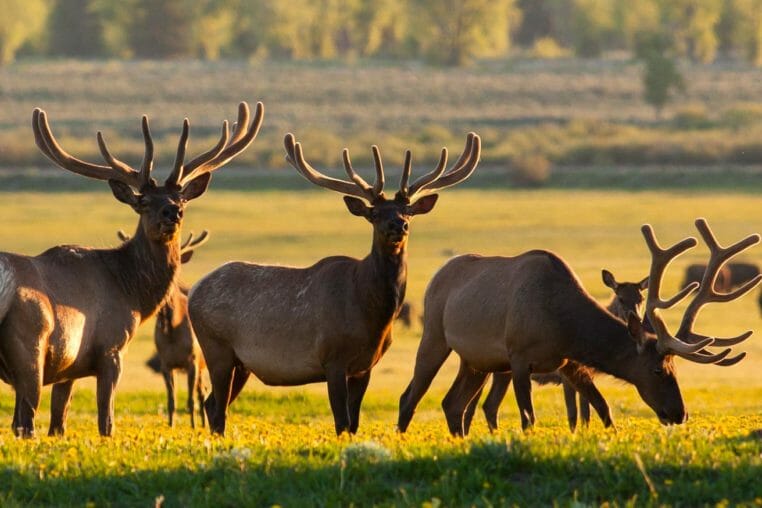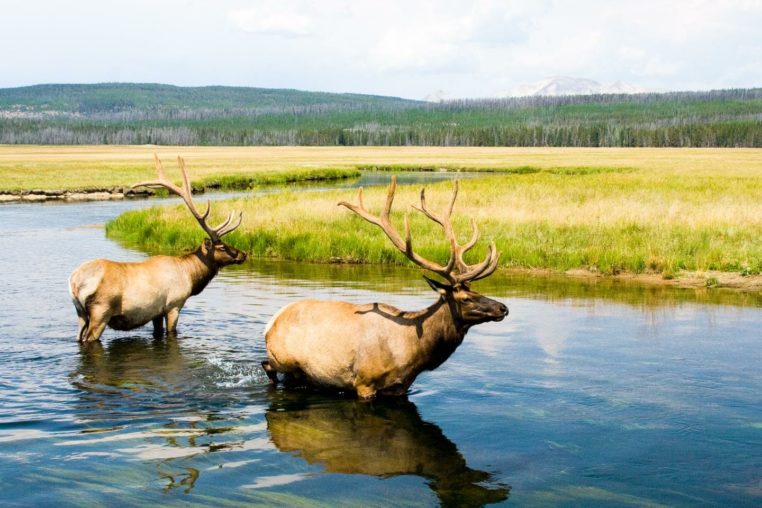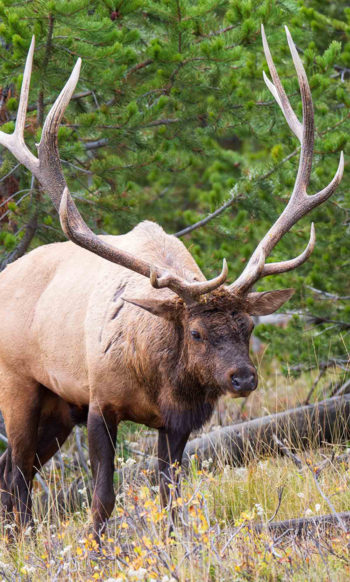
(Cervus canadensis)
Elk are among the most iconic and captivating animals in the Greater Yellowstone Ecosystem. Their size, antlers, and seasonal behaviors make them a favorite for wildlife watchers and photographers alike. Whether it’s spotting a newborn calf hidden in the spring grass or hearing the eerie, echoing bugle of a bull in the fall, each season brings something remarkable. In this blog, we’ll take a closer look at the elk’s annual cycle—from calving to antler growth to the drama of the fall rut—and highlight the best times of year to see them in the wild.
Wildlife Viewing
- Grand Teton
- Yellowstone
Book Online
Watch For Wildlife On These Tours
About
A Large Deer
Elk are among the largest members of the deer family, and their sheer size is nothing short of impressive. Female elk, or cows, stand about 4.5 feet tall at the shoulder and tip the scales at 400 to 500 pounds. But it’s the bulls—towering at 5 feet and weighing up to 800 pounds—that truly steal the show. Each year, these powerful males grow massive antlers that can span over four feet across and weigh up to 20 pounds each. Whether silhouetted against a mountain sunrise or bugling through a misty valley, elk are a striking presence in the wild.
Calving Season
In early May and through June, cow elk prepare to give birth. An expecting mother will leave the herd to find a safe location to have her calf alone. After about 1-2 weeks she will rejoin the herd with her new calf.
Calves are born at about 30-40 pounds. In just 30 minutes, they can stand, walk, and nurse, but they spend the majority of their time laying in tall grasses and vegetation staying completely still. They are born without a scent, so their biggest defense against predators is to stay invisible.
Keep Cool
During the hotter months of July and August, elk seek cooler temperatures and good summer forage which often sends them deeper into the forest and up into higher elevations, often making them more difficult to see. During this time, bull elk are growing their antlers. They are “in velvet”, meaning that the growing antlers are covered in a layer of skin that has very short fur on it giving them a velvety appearance. This skin is packed full of blood vessels to give the antlers a direct supply of blood and calcium to grow them as fast as possible- as much as an inch a day!
Breeding Season
One of the best times of year to view elk is in the fall- September and early October. This is the height of the elk’s breeding season where they come down to lower elevations as the dominant bulls claim their harems. By this time, their antlers are fully grown, and the bull elk are in their full, majestic glory. As their hormones change, blood supply cuts off to the layer of skin and the elk scrape their antlers up against trees to remove the velvet, a process that only takes a day or two.
Elk herds are very visible this time of the year, and they are very active! Dominant bulls are busy breeding with the females, but they also have to keep other males who don’t have their own harems away. This is when you might see some chasing, posturing, and potentially fighting! One of the most magical elements of fall is the call of the bull elk, also called a “bugle”. The bugle is a show of dominance and a way to attract mates. This long, high pitched call can be heard around the park, even when you can’t see them.
When is the best time to see elk?
While it is possible to see elk all year round, spring and fall are when they are easiest to find. We recommend fall for the ultimate elk experience as you see massive racks of antlers and hear the ethereal bugling with a backdrop of beautiful golden fall leaves! The best time of day to see them is right around dawn and dusk when they come out into the open to graze.
FAQs
How many elk are there in Grand Teton and Yellowstone National Parks?
Yellowstone and Grand Teton National Parks are summer habitats to 30,000-40,000 elk. Winter migrations cause populations to fluctuate, bringing Yellowstone’s population to around 5,000 in the colder months. The National Elk Refuge in Jackson Hole support an average of 7,500 elk in the winter.
How big do elk get?
Females weigh between 400-500 pounds. Males are even larger and can weigh between 700-800 pounds. Their full-grown antlers can weigh up to 30 pounds per pair!
Why do elk bugle?
The bull elk’s distinct call serves to attract females, but also to assert dominance over other males and to establish territories. The bugle is an iconic sound of fall. Jackson Hole Wildlife Safaris is the best option for experiencing the excitement of the elk rut in full swing!
How long do elk live?
Elk can live up to 20 years in the wild in areas of good resources. In some parts of Yellowstone National Park where conditions are more challenging, 13-15 years is common.
Further Reading
Jackson Hole Wildlife
Jul 12, 2024
Thanks to the range of different habitats that scatter across the sprawling valley, there is a plethora of wildlife to be found. The forests house woodland creatures like foxes, mule deer, black bears, pine martens, and elk.
What is the Difference Between a Public Safari and a Private Safari
Apr 22, 2024
When booking a wildlife safari with us, you will have the option of selecting either a public or a private tour. Both are excellent options that cater to different needs and desires.

